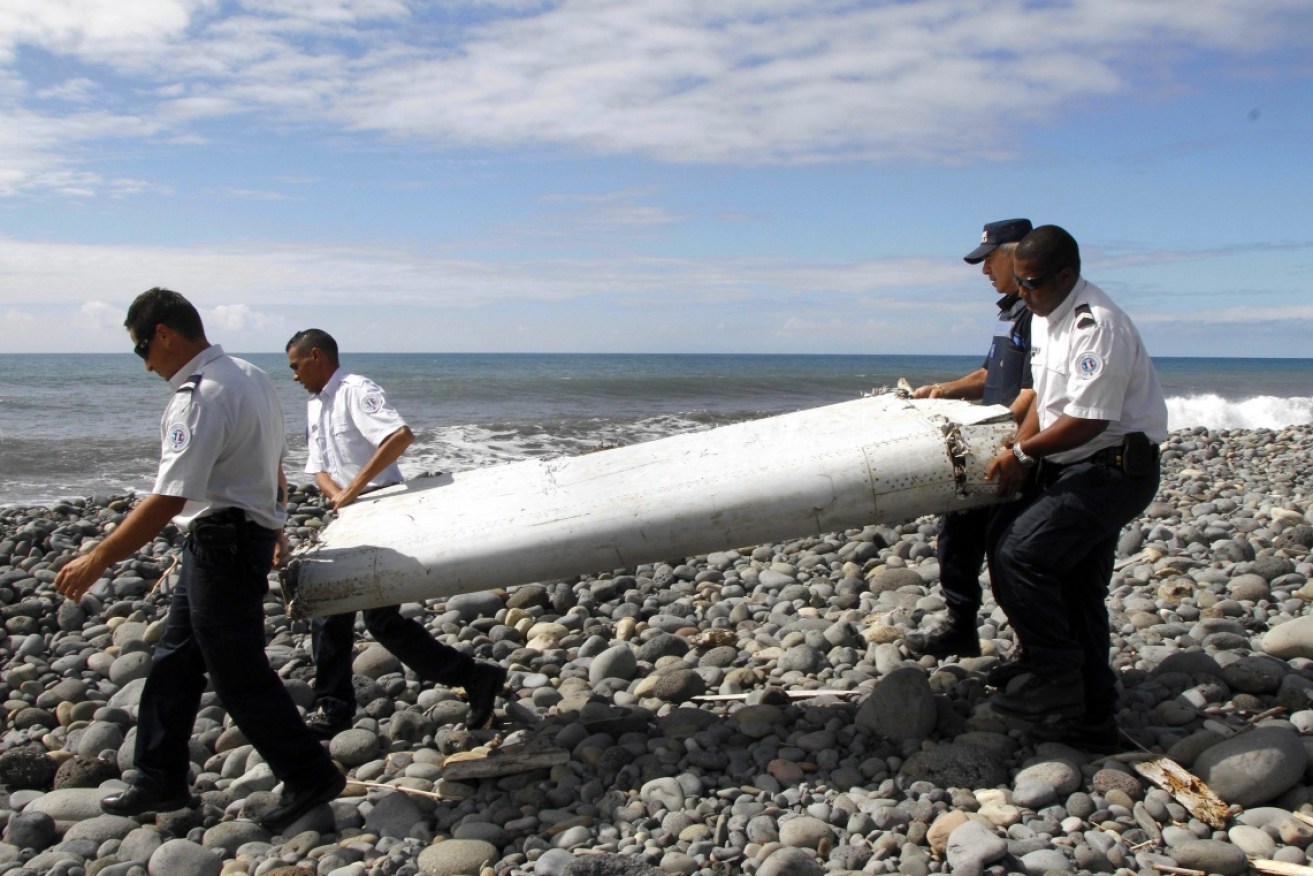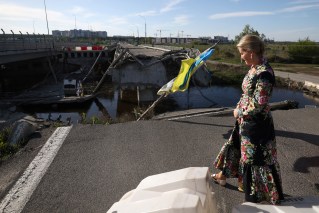CSIRO scientists ‘know precisely where MH370 is’ after modelling the ocean


A wing flaperon that washed up on Reunion Island, in July 2015 Photo: AAP
The CSIRO has used applied oceanography to pinpoint to a particular stretch of Indian Ocean the likely crash site of doomed Malaysian Airlines flight MH370.
The Australian research team reduced the size of the possible wreckage site by modelling ocean drift, calculating sea level at the time of the crash down to a centimetre, and observing where debris has and hasn’t washed up.
“We think we know quite precisely where the plane is,” Dr David Griffin from the CSIRO told a conference in Darwin this week.
In December last year, the Australian Transport Safety Bureau (ATSB) recommended the search be moved north to a 25,000-kilometre stretch of the Indian Ocean.
This was focused on the seventh arc, which is off Western Australia, at between latitude 32 to 36 degrees south.
The CSIRO has since narrowed that down to 35 degrees south, an area a fraction of the size of the original 120,000km search area abandoned in January this year.
MH370 disappeared with 239 people on board sometime after midnight on March 8, 2014, after leaving Kuala Lumpur for Beijing.
Despite the search being abandoned, research has continued in Australian laboratories.
Scientists have looked at what the ocean currents were doing on the day of the crash and matched it with where debris has and hasn’t appeared.
No debris washed up on the West Australian coast, meaning the current must have been flowing away from Australia at the time.

A map supplied in 2014 showing the MH370 underwater search planning site along the seventh arc. Photo: ATSB
“There’s a strong current crossing across the seventh arc at [latitude] 35 degrees south, so we think the plane crashed into that current going to the north-west,” Dr Griffin said.
“That uniquely explains the non-arrival of debris on Australian shores,” Dr Griffin told The New Daily.
Dr Griffin said the 25,000 km area stretch had a small region within it with a northwest ocean current.
“The current flows across the seventh arc, and this region has been searched to some extent. So the remaining possibility is that the search did not cover sufficient width.
“One thing is clear: the most-prospective region near 35 south is a small subset of the region that you would search in order to be exhaustive.”
Scientists calculated the sea level at the time of the crash using satellite technology. They were then able to narrow down where the currents were and at what speed they were moving.
The researchers built replicas of plane parts, put them in the water and measured how quickly they moved. They used an actual flaperon cut down to the same size as that from the MH370.
“Knowing how the flaperon, and the other parts of MH370 that have been found, respond to wind and waves is just as important as knowing the currents of the Indian Ocean,” Dr Griffin said in a report in April.

CSIRO researchers used replica plane parts and a genuine wing flaperon to test how they would respond to winds, waves, and currents. Photo: CSIRO
Charitha Pattiaratchi, a Professor of Coastal Oceanography at the University of Western Australia, said a new search was feasible but that he did not believe the political will was there.
He said it was up to the Malaysian government to decide whether or not to begin a new search.
Dr Pattiaratchi said the initial 120,000km search had focused on the wrong spot after going ahead without oceanographic evidence.
Of the 27 pieces of debris found, oceanographers had predicted 22 of them and even directed people to find them, he said.
An ATSB spokesperson said Dr Griffin’s work was commissioned by the ATSB.
“The underwater search was conducted in the most prospective area based on expert analysis at the time,” the spokesperson said.
“Malaysia, as the state of registry for the aircraft, retains overall authority for any future search.”








